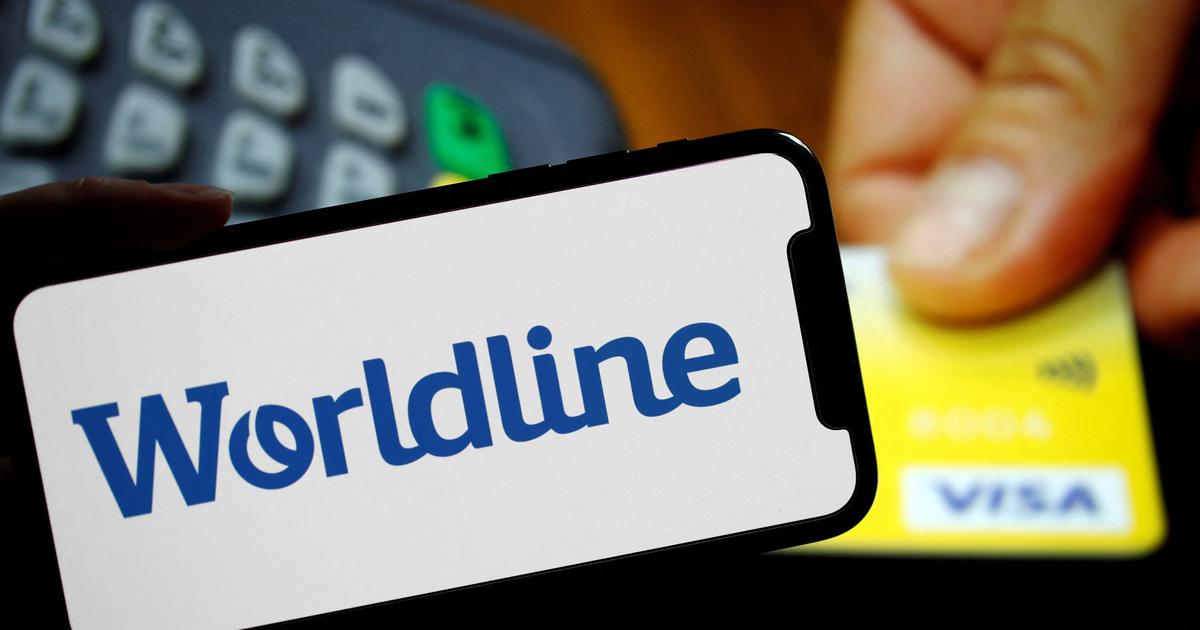Enlarge image
Hangover on the US stock market:
collapses in the price of Spacs have led to potential returns for arbitrage hunters
Photo: DON EMMERT / AFP
manager magazin: Mr. Scharping, you say that the Spac market currently offers investors special opportunities for risk-free arbitrage deals. Can you explain that?
Oliver Scharping:
In fact, from our point of view, the possibility of arbitrage without risk is the most attractive aspect of the entire business with Spacs - and at the moment a window is opening that has only seldom been the case so far.
The Spac market currently offers an almost paradisiacal environment for arbitrageurs, i.e. for investors who want to take advantage of price differences in different markets.
How come
The background to this is the fact that investors at Spacs generally have the security that they can return their shares to the issuer at the original purchase price of usually ten dollars after a period of twelve or 24 months.
During this time, the Spac management is looking for a company that can be taken over and floated on the stock exchange.
If such a takeover does not succeed or if the investor does not like what Spac wants to acquire, he will get his money back.
To person
Enlarge imagePhoto: Bantleon
Oliver Scharping
is portfolio manager at the investment house Bantleon
Including interest.
Correct.
The Spacs park their funds in safe papers such as short-term US Treasuries during the phase in which they are looking for takeover properties.
These yield an interest rate that the investor also receives if he gets out.
That alone would not be the basis for an attractive arbitrage business, because the interest rate is currently still very low at 0.05 percent for US bonds with a maturity of six months, for example.
The investor could also get them by putting their money directly into such papers.
So what's different right now?
We had enormous euphoria on the Spac market until February.
A great many of these companies went public, and investors poured billions into the issues.
In the meantime, however, the mood has turned.
For example, there are doubts that there will be sufficiently attractive takeover targets for all of these corporate shells.
As a result, investors withdrew from the market and the price of Spacs fell.
The "Lakestar Spac 1" founded by the German start-up investor Klaus Hommels has also come under pressure since February.
So to good entry opportunities?
I agree.
Of the more than 500 Spacs that we observe, around 400 are currently quoted below their net asset value, i.e. the intrinsic value that results from the sum that was originally paid in plus interest.
For example, stock prices move around $ 9.80 or $ 9.90.
Anyone who joins at these rates secures the difference to the possible return price of 10 dollars plus the interest rate described as a risk-free arbitrage return.
Annualized returns of 2 to 3 percent are currently possible in this way, largely without any risk.
How long will this possibility be available?
It is clear that the window will close again as soon as the setback on the Spac market is over.
It will also depend on when the mood on the stock market generally turns back in favor of tech papers.
We expect that these special arbitrage opportunities will still be available until the summer, hardly longer.
In addition, there is still potential for significantly higher yields.
We are partly getting into Spacs, the term of which is only a few months.
With the same entry price, this means an annualized higher return.
Above all, there is always the prospect that Spac will find a really attractive takeover target.
The next Lucid Motors, so to speak.
The US electric car start-up Lucid Motors announced in February that it would go public through Spac Churchill Capital IV. The price of the Churchill papers then shot up to almost $ 70 at times. Most recently, the shares were quoted at $ 25. Such price gains are no longer arbitrage returns.
Arbitrage forms the secure basis in our portfolio.
Out of ten Spacs in which we invest, five companies stay at this amount: We return the paper and receive the net asset value plus interest.
With three other investments there is a takeover deal that is okay.
And then there are, on average, two blockbusters like Lucid Motors that drive the total return higher.
What is the total return that you achieve in this way on the Spac market?
In the conservative version of our strategy, we are aiming for a low double-digit return, i.e. 10 to 12 percent.
What role do the warrants play that investors usually get in a Spac IPO?
Anyone who takes part in a Spac IPO generally not only receives the Spacs shares, but also warrants for free.
Usually there is a quarter or a fifth call warrant in the bundle for each share.
So you need four or five shares to own a full warrant.
This later entitles the holder to purchase additional shares at a price of, for example, $ 11.50.
If the price of the Spac share has risen more sharply by then, there is still additional potential for returns.
If not, at least the options do not entail any risk of loss.
Overall, it sounds a little complicated, especially for private investors. Let's take an example: Suppose someone wants to start such an arbitrage deal with Spac "
European FinTech IPO Company 1
", which was listed on the Amsterdam Stock Exchange by ex-Commerzbank boss Martin Blessing a few days ago, and which is also well below that The issue price is quoted at 10 euros.
He would have to purchase the shares on the Amsterdam Stock Exchange, for example through his online broker, but later contact the issuer directly to return the shares.
Not an easy undertaking.
That's right.
We generally advise private individuals against entering the Spac arbitrage business on their own.
There are some legal pitfalls to be aware of and be aware of.
It starts with the deadline for returning the papers.
Private investors who act through the usual online brokers are likely to be overwhelmed by this.
In addition, you sometimes have to react very quickly if a Spac actually finds a takeover target or if the first rumors and speculations arise in this direction.
So are private individuals left out of this business? The minimum subscription amounts for Spacs are also usually very high.
Indeed, the minimum subscription amount for Spac IPOs is often a million dollars or more, so there is a barrier to that.
In the USA, however, there are already the first ETFs that are focused on the Spac market.
In addition, there are few investment funds in Germany that invest at least part of their funds in Spacs.
Our company also has such a vehicle on offer.
From our point of view, the market is becoming even more exciting because the focus is no longer just on start-ups from the technology sector.
For example, US Spacs are now also targeting value companies.
cr














